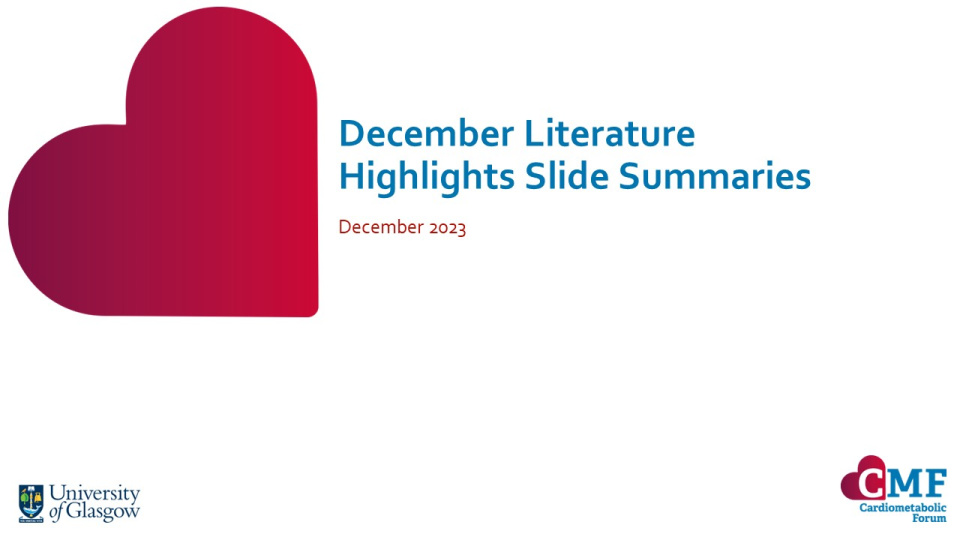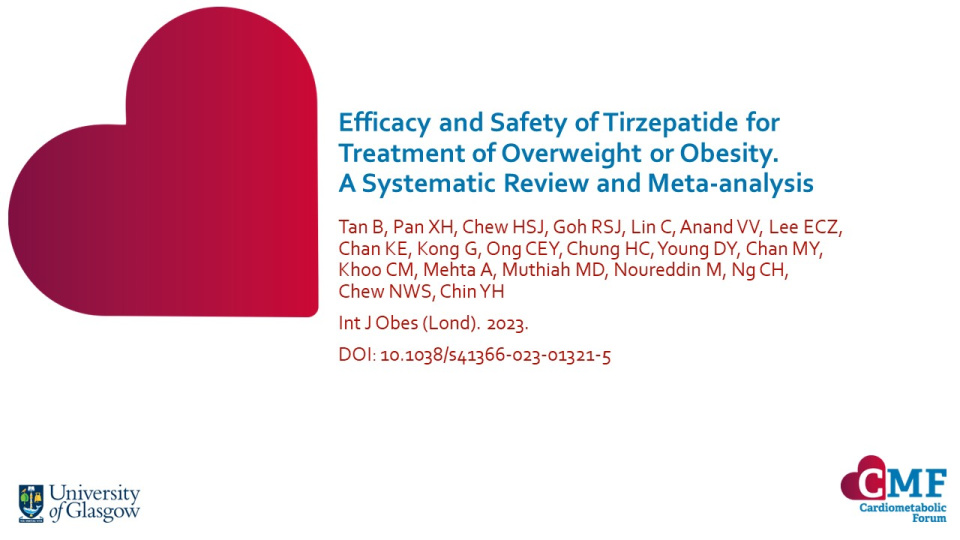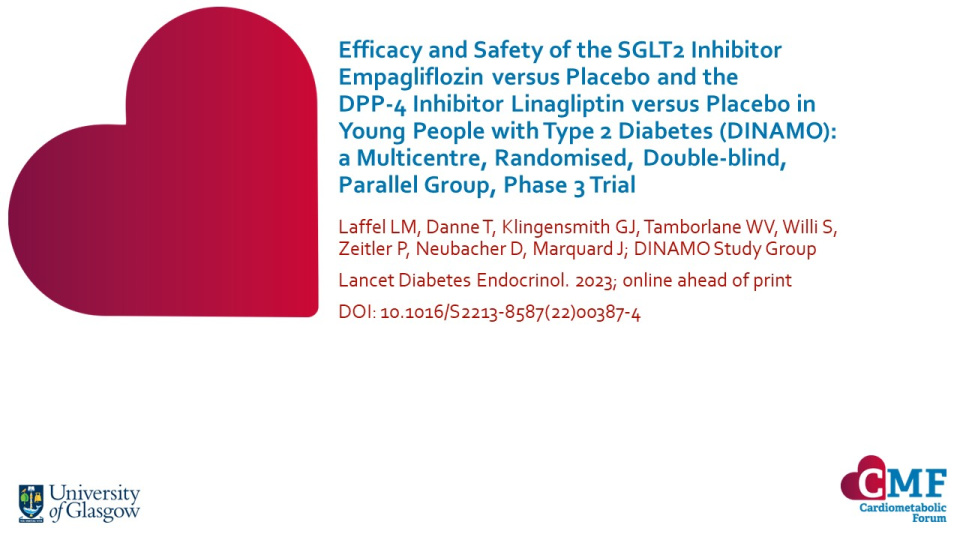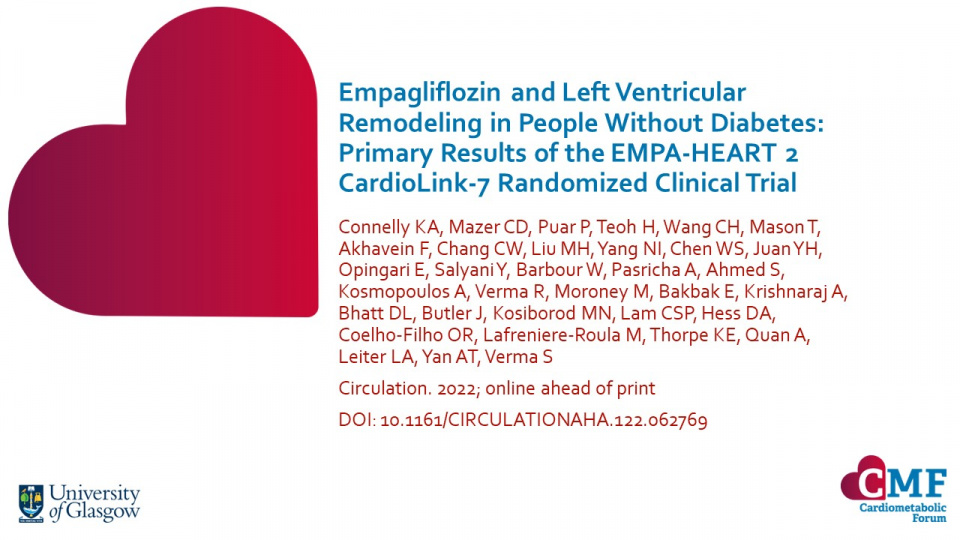Publications
Stay up to date with our literature reviews which are curated by experts to feature the most important publications released each month. Explore our publications for access to concise summary slides for your own use.
Efficacy and Safety of Tirzepatide for Treatment of Overweight or Obesity. A Systematic Review and Meta-analysis
Int J Obes (Lond). 2023. DOI: 10.1038/s41366-023-01321-5
This systematic review and meta-analysis aimed to assess the efficacy and safety of tirzepatide for weight loss in patients with overweight or obesity.
Keywords:
Efficacy and Safety of the SGLT2 Inhibitor Empagliflozin versus Placebo and the DPP-4 Inhibitor Linagliptin versus Placebo in Young People with Type 2 Diabetes (DINAMO): a Multicentre, Randomised, Double-blind, Parallel Group, Phase 3 Trial
Lancet Diabetes Endocrinol. 2023; online ahead of print DOI: 10.1016/S2213-8587(22)00387-4
The incidence of T2D in young people is increasing, but treatments remain limited. The double-blind DINAMO trial was conducted in 158 young people (aged 10−17 years) with T2D (HbA1c 6.5-10.5%) who had been previously treated with metformin or insulin. Participants were initially randomised to empagliflozin 10 mg, linagliptin 5 mg or placebo. Participants in the empagliflozin group who did not reach HbA1c <7.0% by week 12 were re-randomised at week 14 to either remain on empagliflozin 10 mg or have their dose increased to 25 mg. Participants in the placebo group were randomised at week 26 to linagliptin 5 mg or one of the empagliflozin doses (10 mg or 25 mg).
Empagliflozin and Left Ventricular Remodeling in People Without Diabetes: Primary Results of the EMPA-HEART 2 CardioLink-7 Randomized Clinical Trial
Circulation. 2022; online ahead of print DOI: 10.1161/CIRCULATIONAHA.122.062769
Among patients with neither diabetes nor significant HF but with risk factors for adverse cardiac remodelling, empagliflozin did not result in a meaningful reduction in change in left ventricular mass indexed (LVMi) to baseline body surface area (BSA) after 6 months as measured by cardiac magnetic resonance imaging.
SGLT2i have demonstrated reverse cardiac remodelling in patients with diabetes or HF, but their effects earlier in the natural history of HF are less well studied.




